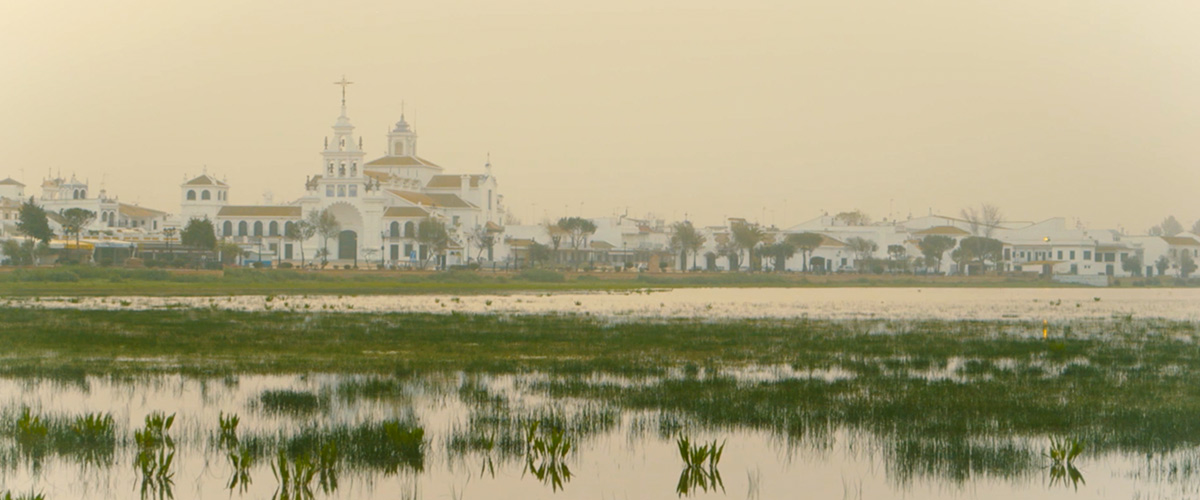© 2021 Fresh Trading Limited. All right reserved.
strawberries that drink less
The strawberries we use in our drinks might not seem that different from your local ‘pick-your-own’ variety. They’re red, go nicely with cream and like all other strawberries, they're not actually berries at all (although we don't usually talk about that). But the really special thing about the strawberries we put in our drinks is that they use less water. Thanks to some smart water management, this means there’s more to go around in the part of Spain where we grow them.

the birds and the berries
Our strawberries are from the province of Huelva in southern Spain, which is also home to thousands of migratory birds. They come to the Doñana National Park (one of Europe’s most ecologically important wetlands) every year, which as you might have guessed, needs lots of water to support it. Although strawberry farming is good for the economy in this part of Spain, the amount of water it takes up isn’t so good for the birds. So we decided to find a way for the available water to support both strawberry farming and the national park.
the best for both
To find an answer, we started working with the University of Cordoba in 2009 to try out different methods of irrigation. After some experimenting, they proved that it was possible to grow strawberries using 10-40% less water without affecting the quality. Most of this water was saved by carefully planning the amount each plant needs, watering when the weather was cooler and keeping irrigation equipment well maintained. Berry smart stuff.
It turned out that saving water also made it cheaper to run a farm’s irrigation system and apply fertilisers. Wasted water usually made the growing area slippery underfoot – but with less to go to waste, pickers didn’t feel like they were walking on a slip-n-slide and farm managers saved money.
pick of the patch
This improved way of watering strawberries was so successful, we decided to spread it far and wide. To do this, we needed to engage farmers and their buyers – particularly retailers who buy 70% of the strawberries grown in Huelva. So in 2014, we teamed up with the Sustainable Agriculture Initiative (SAI) and eight of their members that source berries from the region. We're now working on an ambitious project to teach more farmers how to use less water.
Together, we've trained 77 farmers on 45 different techniques for great water management and hosted a master class for a further 38 farmer advisors to become experts in this field. In addition to classroom training, we invited our farmers to see these practices in action at two showcase farms. Our training is free and to get the message out there, we’ve opened up our work to all berry growers and used social media to share our top tips. This reached over 300 farmers, who grow 58% of the berries in the area.
In 2016, our project won a Guardian Sustainable Business Award (which we’re pretty proud of) and three years later, we managed to save 500 million litres in one year. While the bulk of our work is now done, we'll continue working with our strawberry farmers to make sure we keep the legacy of the project alive. Next job, breaking our silence on the whole strawberries-aren’t-berries thing.
